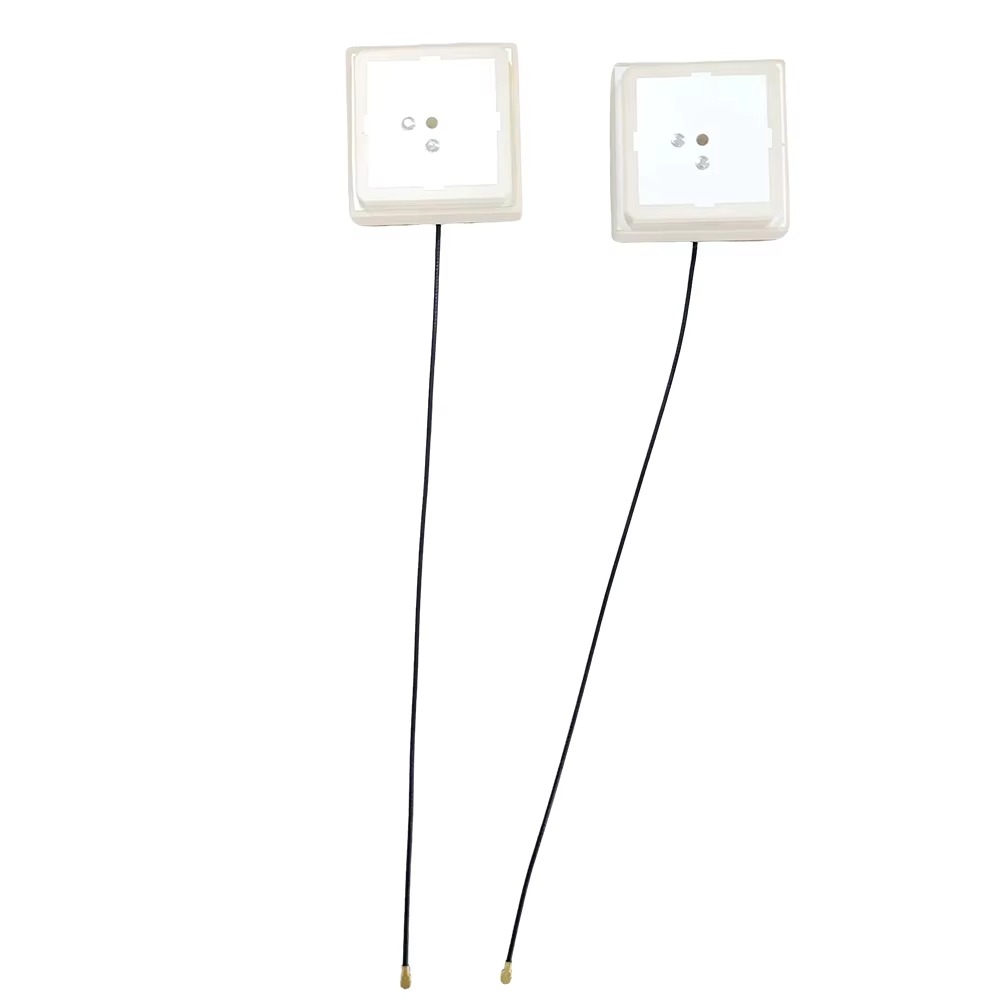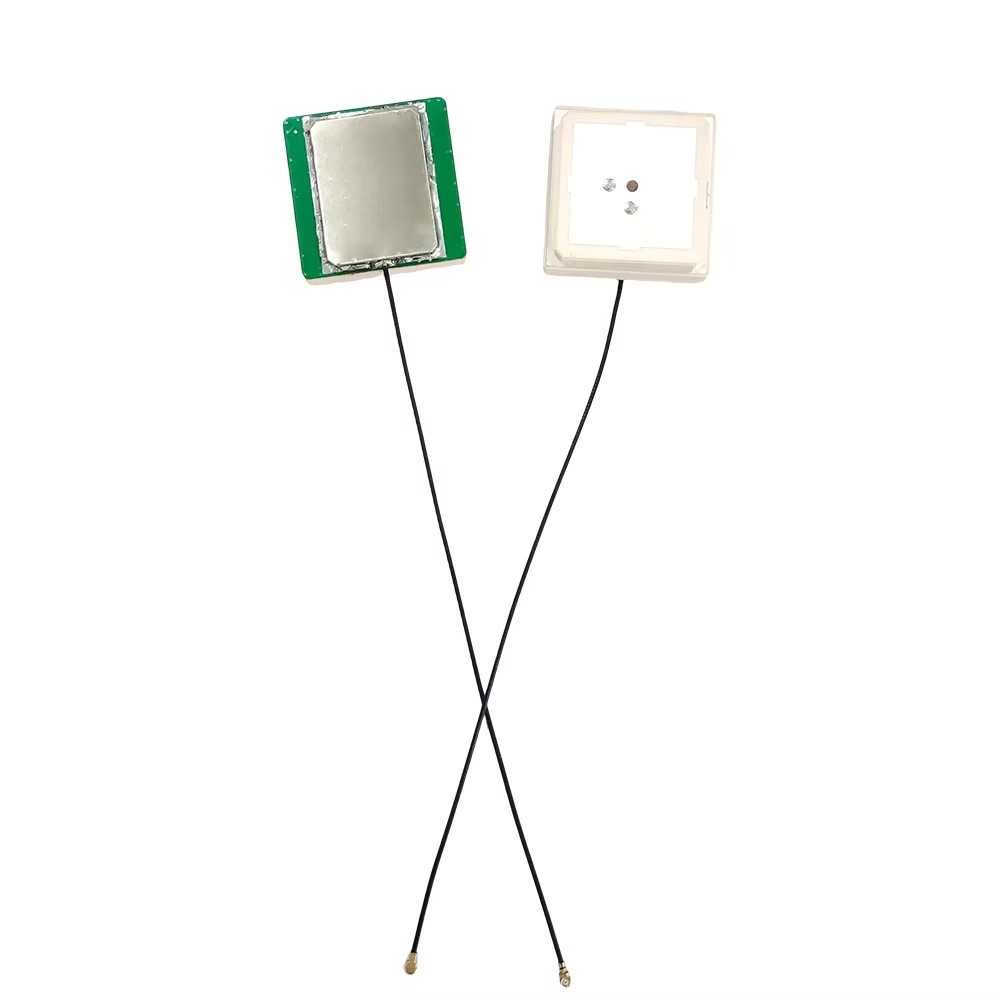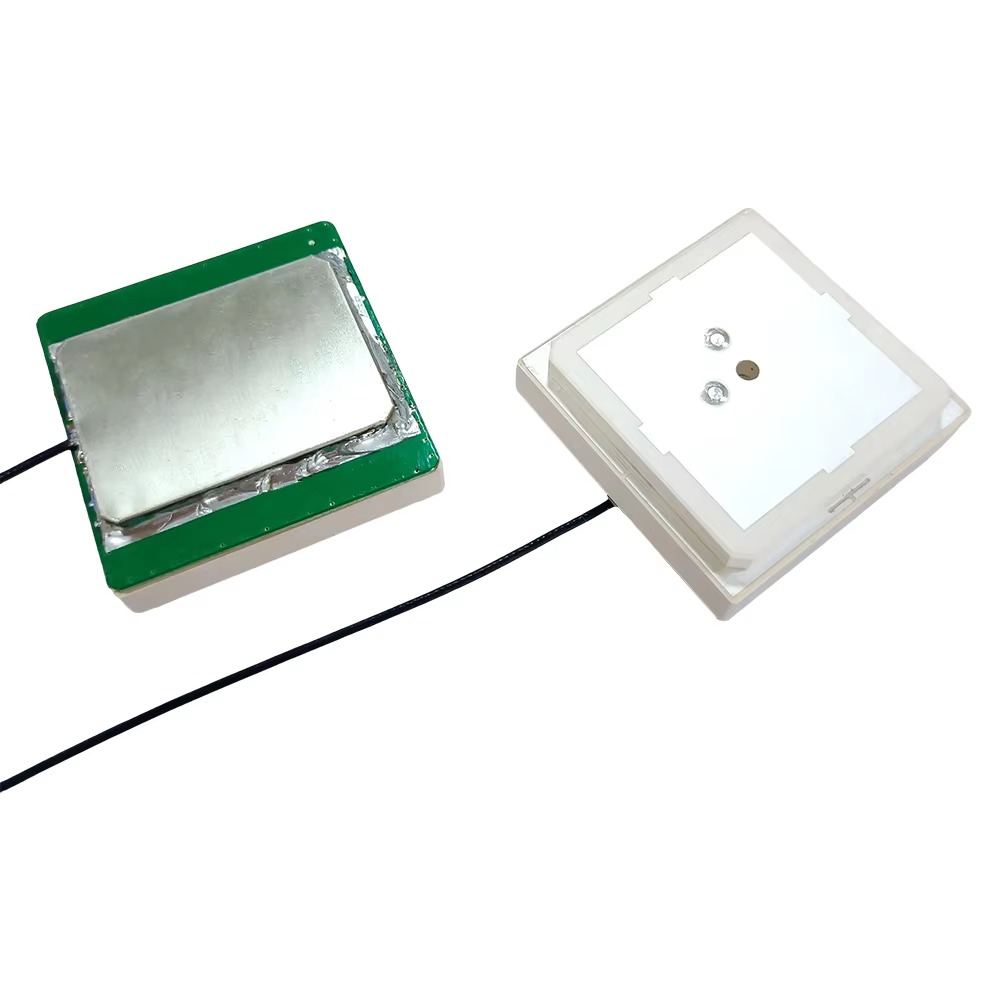The availability of low-cost, high-precision positioning components has acted as a catalyst, spawning a new ecosystem of applications that were either technically impossible or economically unviable just a decade ago. The ceramic patch antenna is at the core of this transformation, serving as the essential sensor enabling centimeter-aware autonomy.
Current Applications:
Precision Agriculture: This is one of the largest and most established markets. RTK guidance systems on tractors and harvesters enable automated steering with centimeter accuracy, reducing overlap and gaps in planting, spraying, and harvesting. This saves fuel, seeds, fertilizer, and time, boosting farm efficiency and yield. Low-cost antennas are also integrated into "spot-spraying" robots that identify and spray individual weeds, dramatically reducing herbicide use.
Unmanned Aerial Vehicles (Drones): Drones for surveying, mapping, and agricultural spraying rely on RTK for precise positioning. This allows them to fly accurate pre-programmed flight paths, create highly accurate orthomosaics and 3D models without ground control points, and precisely target spray applications. The small size and weight of ceramic antennas are critical for drone payload constraints.
Robotics and Autonomous Guided Vehicles (AGVs): From warehouse logistics robots to last-mile delivery vehicles and lawn mowers, autonomy requires precise knowledge of location. Low-cost RTK provides a global absolute position reference that complements other sensors like LiDAR, cameras, and odometry. It allows robots to navigate complex outdoor and semi-structured indoor environments reliably.
Urban Mobility and Automotive: While full autonomy requires a sensor fusion approach, RTK is being integrated into Advanced Driver-Assistance Systems (ADAS) and prototyping for autonomous vehicles. It provides a highly reliable and absolute positioning layer that is immune to the drift that affects inertial navigation systems (INS) over time. It's also used in vehicle-to-everything (V2X) communication for precise location-aware safety messages.
Construction and Machine Control: Bulldozers, graders, and excavators can be equipped with RTK systems for grade control, allowing them to dig and move earth to precise design specifications without traditional survey stakes. This increases speed, accuracy, and safety on construction sites.
Consumer and Geofencing Applications: Although less common, high-precision GPS is trickling into consumer devices for enhanced photography geotagging, augmented reality (AR) experiences, and strict geofencing for personal drones or security systems.
Future Trends:
Tighter Integration with Inertial Navigation Systems (INS): The future lies in deeply fused RTK/INS solutions. The RTK provides absolute accuracy but can suffer from signal outages (e.g., in tunnels or urban canyons). The INS (IMU + processor) provides a continuous, high-rate position, velocity, and attitude solution but drifts over time. A low-cost, deeply integrated RTK-INS system, often built on a single board, will become the standard positioning engine for autonomy, with the ceramic antenna being a key component on the board.
AI-Enhanced Multipath Mitigation: Advanced algorithms and even AI are being developed to better identify and filter out multipath signals at the receiver level. This will help compensate for one of the inherent weaknesses of low-cost antennas, making them more robust in challenging environments and narrowing the performance gap with premium antennas.
Mass-Market Adoption in Smartphones and IoT: As costs continue to fall and power consumption is minimized, future smartphone generations may incorporate dual-frequency GNSS with RTK-capable antennas for centimeter-accurate location services. This would enable a new wave of hyper-contextual apps for navigation, gaming, and commerce. Similarly, large-scale IoT networks for asset tracking and environmental monitoring will benefit from this precision.
Advancements in Antenna Design and Materials: Research continues into new ceramic compositions and metamaterials that can offer wider bandwidth, better efficiency, and more stable phase characteristics without increasing cost or size. Designs that incorporate built-in filtering to reject cellular and RFI interference will also become more common.
The LEO Satellite Revolution: The emergence of Low Earth Orbit (LEO) satellite constellations (e.g., Starlink, Iridium Next) is beginning to offer alternative Positioning, Navigation, and Timing (PNT) services. Future antennas may evolve into multi-function units capable of receiving signals from both GNSS and LEO constellations, providing unprecedented resilience and availability of precise positioning anywhere on Earth.
The trajectory is clear: the low-cost ceramic patch antenna will continue to improve in performance while its cost decreases further. It will cease to be a standalone component and will instead become an invisible, ubiquitous, and seamlessly integrated sensor, powering the autonomous systems that will define the future of transportation, industry, and daily life.
Conclusion
The development and proliferation of the low-cost GPS RTK ceramic patch antenna represent a seminal moment in the field of positioning technology. It is a powerful testament to how innovations in materials science, manufacturing, and electronic design can converge to dismantle economic barriers and democratize capabilities that were once exclusive to specialized and well-funded enterprises.
This journey from a niche, high-cost component to a commoditized, mass-produced commodity has not merely been about making something cheaper. It has been about enabling a paradigm shift. By providing a reliable and affordable window to the GNSS constellations, this humble antenna has become a fundamental building block for the fourth industrial revolution, underpinning the autonomy and intelligence of machines. It is a key enabler of precision, efficiency, and safety across diverse sectors, from agriculture to logistics to consumer technology.
The core of its success lies in a carefully engineered balance. Manufacturers have skillfully navigated the trade-offs between size, performance, and cost. While it is true that a low-cost ceramic antenna may not match the sub-millimeter phase center stability of a $2,000 geodetic antenna, its performance is more than sufficient for the vast majority of emerging applications that require decimeter to centimeter-level accuracy. The challenges of phase center variation, multipath susceptibility, and bandwidth limitations are real, but they are being actively mitigated through better calibration models, sophisticated receiver algorithms, and intelligent system design.
Looking forward, the role of this antenna is set to become even more integral, yet more invisible. It will evolve from a discrete component to an embedded feature, seamlessly fused with inertial sensors and AI-powered software to create robust and continuous positioning solutions. As it finds its way into billions of devices—from autonomous vehicles and smart city infrastructure to personal gadgets and global IoT networks—it will fade into the background, becoming an unnoticed yet essential utility, much like the microprocessor is today.
In conclusion, the low-cost GPS RTK ceramic patch antenna is far more than a piece of hardware; it is a catalyst for innovation. It has unlocked the potential for machines to understand their place in the world with unprecedented accuracy, setting the stage for a future where autonomy is not a luxury, but a commonplace reality. It stands as a brilliant example of how engineering ingenuity, driven by market demand, can create powerful tools that accelerate progress and reshape our technological landscape.




































































 Language
Language
 En
En Cn
Cn Korean
Korean

 Home >
Home > 







 18665803017 (Macro)
18665803017 (Macro)













